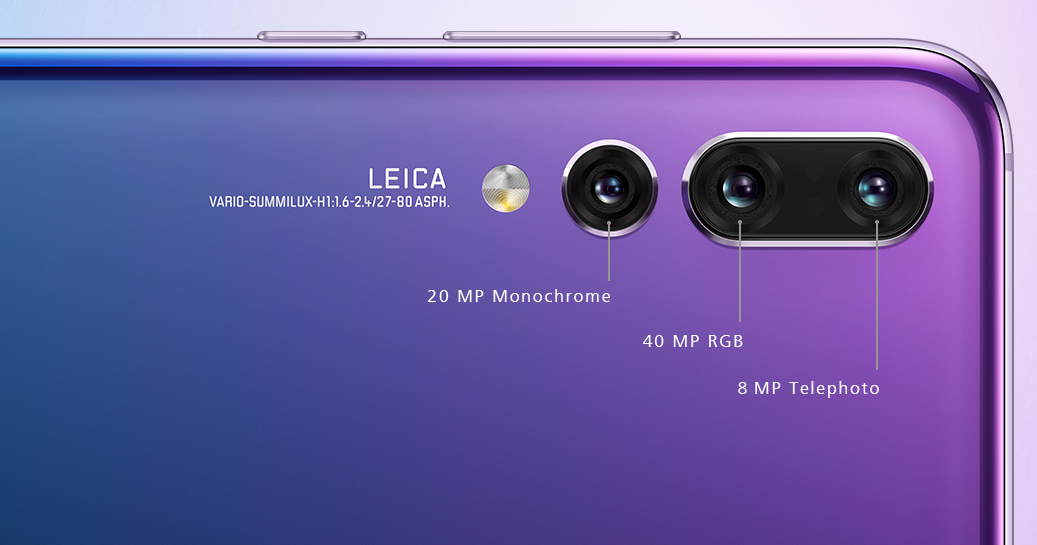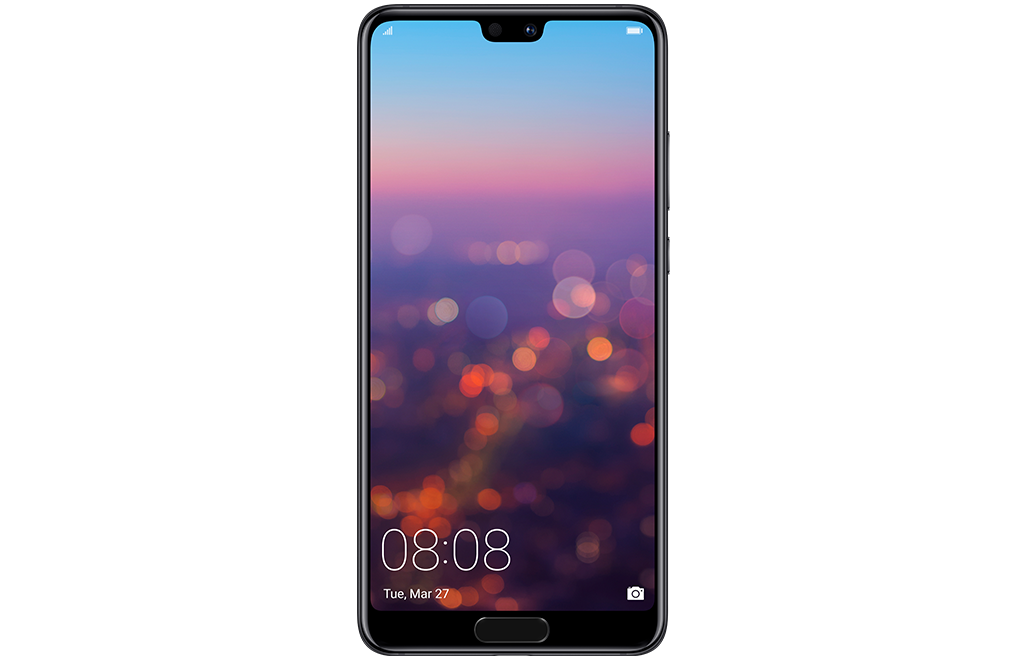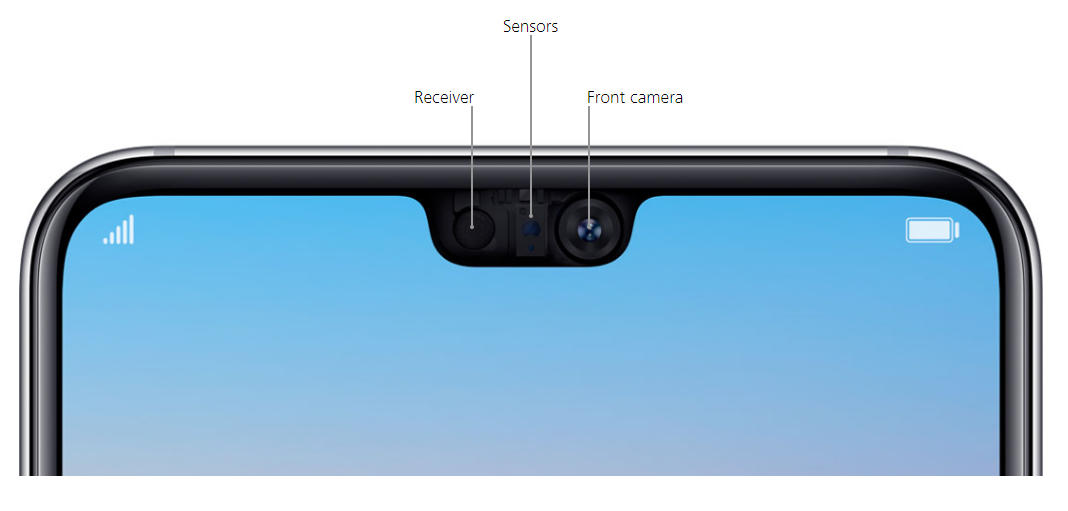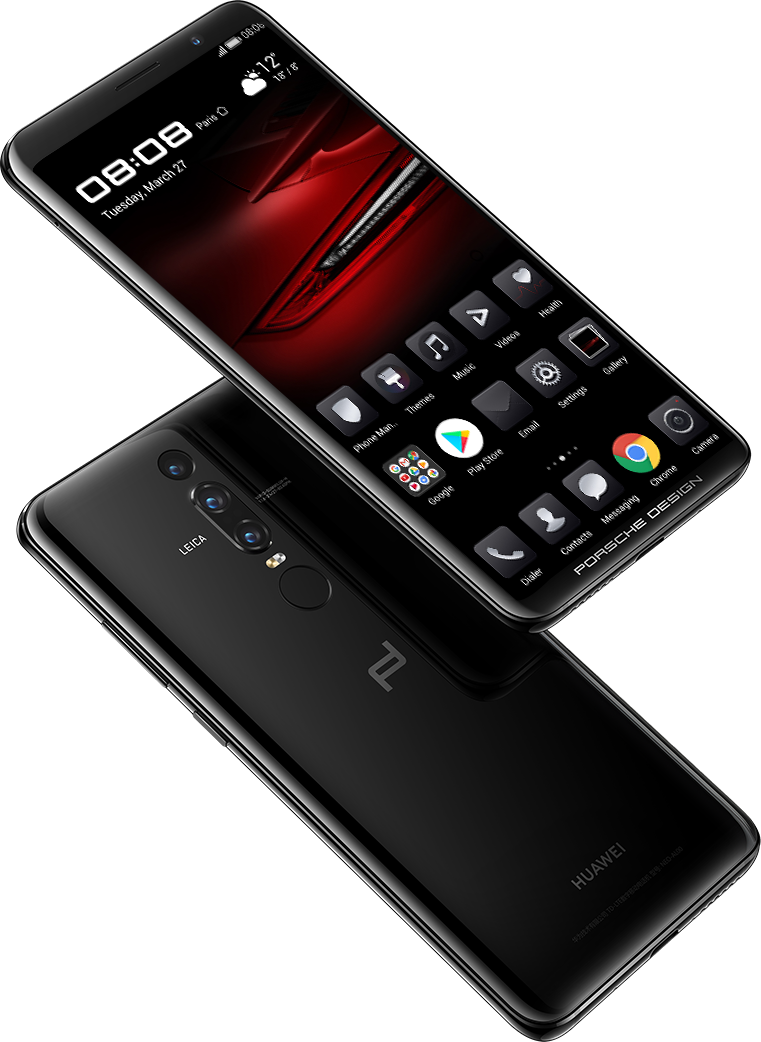The past year wasn’t so favorable to Huawei, especially to its flagship devices P10 and P10 Plus. While those two handsets pack some punch in terms of specs and features, they have failed to gain the same traction that rival phones from major OEMs like Samsung or even OnePlus have garnered.
Everything about the P20 and P20 Pro will tell you that the P series is here to take over from the Mate 10 and Mate 10 Pro, two other impressive phones unveiled late last year. In a sea of phones that have very little to set them apart, Huawei’s P20 family not only packs some punch, but it also includes a bunch of innovative features that spur it a level above the competition.
Looking at the Huawei P20 and P20 Pro specs and features, it’s obvious that this year, the Chinese phone maker aims to change the tide of competition in its favor. In this post, we have 7 important things you need to know about the P20 and P20 Pro, but first, let’s check out the specs.
Huawei P20 and P20 Pro specs
P20 specs
- 5.8-inch 18.7:9 FHD+ LCD display
- Kirin 970 chipset
- 4GB of RAM
- 128GB of non-expandable storage
- 12MP + 20MP main camera
- 24MP selfie camera
- 3400 battery
- Android 8.1 Oreo
- Extras: Bluetooth 4.2, USB-C, IP53, fast charging, NFC, no 3.5mm audio jack, front-mounted scanner, etc.
- 149.1 x 70.8 x 7.65 mm, 165g
P20 Pro specs
- 6.1-inch 18.7:9 FHD+ OLED display
- Kirin 970 chipset
- 6GB of RAM
- 128GB of non-expandable storage
- 40MP + 20MP + 8MP main camera
- 24MP selfie camera
- 4000mAh battery
- Android 8.1 Oreo with EMUI 8.1
- Extras: Bluetooth 4.2, USB-C, IP67, fast charging, NFC, no 3.5mm audio jack, front-mounted scanner, etc.
- 155 x 73.9 x 7.8 mm, 180g

As you can see from the specs sheets above, the Huawei P20 and P20 Pro are monsters. While the companies Huawei is aiming to take the war to with the P20 family are using better QHD display screens, the Chinese OEM went for full HD+ display panels. Although this might be a little disappointing for me and you, many people out there won’t even notice or maybe care about it.
Still, it’s worth keeping in mind that while the standard P20 has an LCD screen, the Pro version has a much better OLED panel. Also, note that the standard P20 is barely protected from dust and water with its IP53 rating, but you are safe to play around pools of water, capture some shots in the rain or even receive a call while in the shower when using the P20 Pro thanks to its IP67 rating.
For the raw power, you get a decent package on either phone, but the P20 Pro packs more punch thanks to the 6GB RAM module it rocks against the 4GB RAM used on the P20. Given that it’s smaller in size, the P20 also gets a smaller 3400mAh battery unit compared to the massive 4000mAh unit on the P20 Pro.
The P20 and P20 Pro come with Android 8.1 Oreo out of the box with the company’s trademark EMUI skin on top, but a newer version 8.1 to match the version of the OS. The icing on the cake is the camera, where the P20 Pro takes everything you know about smartphone photography to the next level.
Smartphone photography at its best
Today, there’s a huge focus on the smartphone camera. Most smartphone buyers have camera quality as one of the first things in mind when looking for a good phone. On paper, the Huawei P20 and P20 Pro are beasts and while we are yet to get hands-on, the phones, especially the Pro version, are already getting some rare comparisons against the king, Google Pixel 2.
P20 Pro camera really is something else. Low light is a step beyond even the Pixel 2. pic.twitter.com/dEHfkeeVAH
— Alex Dobie (@alexdobie) March 27, 2018
After successfully pushing aside point-and-shoot cameras, the latest attempt by smartphone OEMs is to replace DSLR cameras. With the P20 and P20 Pro, this is exactly what Huawei is after. The P20 Pro takes photography to the next level by introducing a third lens on the back, making it a total of 68MP on the main shooter. These three sensors work hand-in-hand to deliver the best shots possible.
The setup is vertical, where the top-most is an 8MP telephoto lens followed by a massive 40MP RGB lens and at the bottom is a 20MP monochrome lens. If you thought we are done with numbers, well, the P20 Pro also supports up to 3x optical zoom, 5x high-quality hybrid zoom, 960fps slow-motion video recording, and each of the lenses has an aperture of f/2.4, f/1.8 and f/1.6, respectively.

All these, alongside other features such as PDAF, Laser and Depth autofocus, dual-tone LED flash, OIS (8MP lens only), portrait mode, improved low-light sensitivity, and a flurry of other AI-based optimizations ensure the P20 and P20 Pro deliver the best shots despite the object’s surroundings – or at least they ought to.
It doesn’t end there. The Huawei P20 and P20 Pro also ship with a monstrous 24MP front camera with an aperture of f/2.0 for better performance in low-light and thanks to the AI-powered camera app, you should get great selfies from either phone.
A near bezel-less design

Over the past year or so, things have changed in the smartphone industry. A standard smartphone design now involves having a huge display screen on a rather compact near-bezel-less body, which is exactly what the Huawei P20 and P20 Pro have.
The pair conforms to the latest trends in smartphone design by chopping off a huge chunk of the bezels you see on the Huawei P10 and P10 Plus, something we’ve seen on plenty of Huawei phones thus far. With the iPhone X seemingly setting the trend, Huawei’s flagships also borrow several design elements from the Apple flagship phone, including the infamous notch.
Yes, there’s a notch

We already knew about this courtesy of the many leaks that preceded the launch of the Huawei P20 and P20 Pro, but now we can confirm that, yes, the notch is there. Unlike the iPhone X’s notch that houses plenty of technology, you only get the front-shooting camera, sensors, and earpiece on the P20’s notch.
Interestingly, Huawei knows that not everyone is a fan of the notch, which is why the P20 and P20 Pro have a tool to help you camouflage the notch by darkening the area around it.
There’s a unique color scheme

Smartphone vendors have been coming up with quite a number of impressive color options for their flagship phones. Huawei has what it calls the “gradient effect”, something that has given birth to one color scheme that is quite unique and literally out of this world. Dubbed Twilight, it nicely combines purple and blue hues to end up with what appears to be the most striking color scheme of the five available. Others are Pink Gold, Champagne Gold, Black and Midnight Blue.
It’s still unclear whether all color variants will be sold in all markets, but it’s unlikely to be the case. If, however, you have the chance to, you won’t regret getting your hands on the Twilight paint job, which looks pretty impressive in the image above.
Update [August 20, 2018]: More of the “gradient effect” coming to IFA 2018
Huawei is reportedly lining up new color variants at the IFA 2018 event to be held in Berlin beginning September 1st. Like the Twilight variant that combines several colors to give you a unique hue, Huawei is said to be working on two more variants, where one combines black, blue, purple, and turquoise while the other has an inspiration from various sea elements like pearls and shells to produce a predominantly white hue with hints of pink and yellow.
Of course, neither of the two will be a new device, technically. It’s only a new paint job and that’s all. The rest of the specs, design, features and whatnot remain the same.
No 3.5mm audio jack
Unlike the Mate 10 series where Huawei included the 3.5mm audio jack on the standard model and went for a full-blown USB-C on the Pro, both the P20 and P20 Pro have no 3.5mm audio jack. However, Huawei will include a USB-C to 3.5mm headphone adapter in the box to help those who want to charge and enjoy wired audio connectivity. Of course, there’s also Bluetooth to turn to if you want to listen to music while charging the phone.
The P20 Pro isn’t cheap
Huawei’s P series isn’t the company’s top of the line devices, the Mate series is. Still, the P20 and P20 Pro are out there to compete with other flagship phones like Samsung Galaxy S9 and S9+ or Sony Xperia XZ2 and XZ2 Compact. For this reason, you wouldn’t expect the pair, more so the P20 Pro, to come on the cheap, right?
Well, that’s just about it! Where the standard P20 comes in priced at €650, significantly cheaper than the Galaxy S9 (€850), the P20 Pro will set you back a cool €900, slightly cheaper than the S9+ (€950). While we don’t have the exact pricing details, it’s possible the P20 and P20 Pro could come to the U.S. priced at about $650 and $900.
In India, the Huawei P20 Pro has a price tag of INR 64,999. There’s no standard P20 for this market and availability of the two confirmed models (Huawei P20 Lite being the other) begins on May 3 through Amazon India.
Meet Huawei P20 Pro on steroids

If you thought you’ve seen it all, wait until you meet the Huawei Mate RS Porsche Design, which we rightly think is the P20 Pro on steroids. The phone has everything the P20 Pro has but bumps up several specs and features to justify its hefty price tag.
One notable design change the Mate RS Porsche Design brings to the table compared to the other P20 handsets is the in-display fingerprint scanner. Yes, you read that right! The Porsche Design supports this feature, but it’s obvious this is a testbed for the feature since the company also included the tried and trusted physical fingerprint scanner on the back of the phone.
Unlike the P20 Pro, the trio of lenses on the back is placed in the middle of the device with the fingerprint scanner coming just below the setup in a vertical arrangement. The 6-inch 18:9 display used is an AMOLED panel with a better QHD+ resolution and to top it off, you get Qi wireless charging and a monstrous 512GB of internal storage on the high-end variant.
With such storage space, you don’t even need a microSD card, which is why Huawei didn’t bother to include one on the Porsche Design, but the P20 and P20 Pro have room for expanding storage up to 256GB.
The scary part of the Mate RS Porsche Design is the price. In Europe, the base model of 6GB RAM and 256GB storage has a price tag of €1,650 while the ultimate model will set you back a whopping €2,095. Insane figures for a phone huh!
Huawei will start selling the P20 and P20 Pro this April. Like the P10 and Mate 10, we expect the P20 family to be sold in most markets across the globe, including the U.S. where Huawei has been under siege over the recent past.
In the UK, Huawei P20 Pro will set you back a cool £800, which means this will go head-to-head with the likes of Samsung Galaxy S9+, which, in India, where the P20 Pro starts selling on May 3, retails at INR 65,000, the exact retail price of Huawei’s latest flagship in the same market.
So, what do you think about Huawei’s latest efforts to crack open the flagship smartphone market? Let us know in your comments below.













Discussion